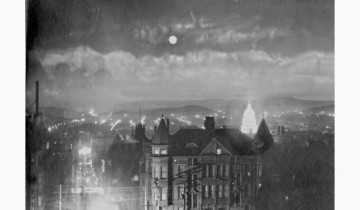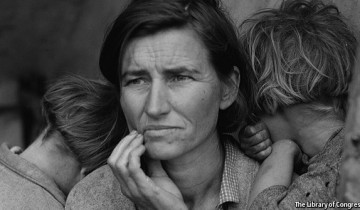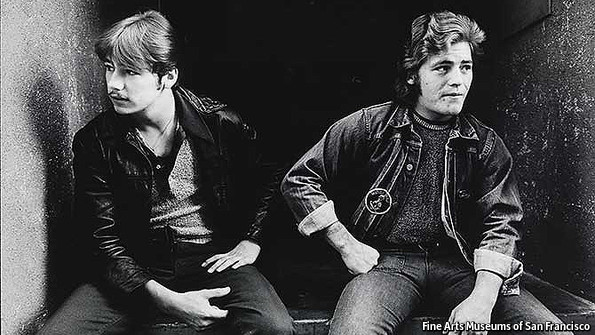
To commemorate the fifth anniversary of Hurricane Katrina, Harry Shearer, an actor, author, director and part-time New Orleans resident, has created “The Big Uneasy”, an investigative documentary in which he also stars. The film screened recently at the Curzon Soho cinema in London, followed by a question and answer session with Shearer.
Shearer is best known for his voice-overs for “The Simpsons” and his starring roles in such satirical films as “This is Spinal Tap” and “A Mighty Wind”. He takes a very serious turn with “The Big Uneasy”, aiming to prove that the devastation in New Orleans following the hurricane was not a “natural disaster” but instead an “unnatural disaster caused by people.” Also, that the city remains at risk.
The full blog post, on Harry Shearer’s documentary film The Big Uneasy, is at INTELLIGENT LIFE.
The post also continues here, after the jump.
“I’ve crossed the line from mock documentaries to real ones,” he told the audience. The film features interviews with engineers tasked with evaluating post-storm information. “Why did New Orleans flood?” Shearer asks. Their answers include detailed findings about the shoddy construction of the levees, and the backlash they confronted upon attempting to make these findings public.
One of these engineers, Ivor van Heerden, for example, talks about losing his job as deputy director of Louisiana State University’s hurricane centre after delivering his report on the many failures presided over by the Army Corps of Engineers in the years leading up to Katrina . Maria Garzino, another engineer, says she told her superiors at the Army Corps of Engineers that the hydraulic pumps installed after the storm were faulty, only to see her reports ignored.
Where films such as “Trouble the Water” and Spike Lee’s two four-hour documentaries on the subject—the award-winning “When the Levees Broke” and “If God is Willing and Da Creek Don’t Rise”—are heavily emotional endeavours that tackle issues of race and class among New Orleans residents, Shearer’s film spends more time considering the science and politics behind the mess.
Key to Shearer’s film are interviews with experts about the construction of the Mississippi River-Gulf Outlet canal, a waterway designed to shorten shipping routes into the New Orleans’ inner harbour. Critics of the canal, which was built in the mid-1960s by the Corps of Engineers, blame it for weakening the Louisiana coastline and so allowing the storm to overwhelm the levees and flood barriers.
Occasionally Shearer strays from this course of inquiry. Briefly mentioned is his contention that media coverage of Hurricane Katrina focused largely on poor black people, and overlooked lower-middle class white people who in his words “were nowhere near the Superdome.” Yet he downplays this point and only mentions it once, which is awkward. Is this important or an aside? We also spend a lot of time with Shearer and his friends as they ponder such questions as, “Why would you build a city below sea level?” But this mostly middle-aged and white group hardly feels indicative of the city as a whole.
The agenda of “The Big Uneasy” is worthwhile. The fact that the wreckage of Katrina was largely a product of engineering failure is important to recognise, particularly as these problems have not been solved. But as a film it is too heavy with data and light on drama to work as a compelling narrative. Perhaps if more residents were given a voice in the film, the statistics might have translated into something more personal.
“The Big Uneasy” will be screened throughout September, October and November in Los Angeles, New York, New Orleans, and St. Louis



